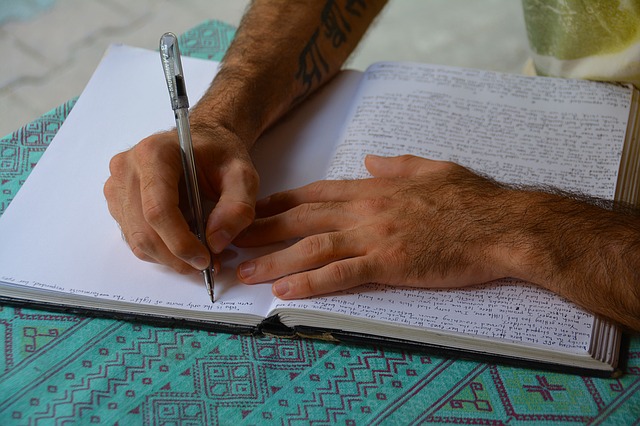Jon Kabat-Zinn maintains that we spend so much time removed from ourselves through thinking, that we need to “dial up ourselves” occasionally. Sakyong Mipham Rinpoche suggests that the art of conversation begins with having an honest conversation with ourselves on a regular basis. Sakyong is the author of a number of books, including, The Lost Art of Conversation: A Mindful Way to Connect with Others and Enrich Everyday Life.
Sakyong argues that very few people have really mastered the art of conversation. Conversations in social situations or work situations can be very challenging – they can be painful or even boring. Relating to people who are difficult behaviourally or who hold strong views that are very different to our own, can also present a real challenge to our equanimity.
So, it is important to be equipped with the art of identifying and dealing with our own emotions, otherwise we will respond inappropriately in these challenging conversations. What we tend to do, however, is to hide from our emotions, deny them or avoid situations where our emotions will “run high”. The problem is that despite our denials we tend to play out our emotions in the way we respond to others in conversation.
Our resentment can be reflected in our inattention, our anger expressed through trying to prove we are right, our disgust can be seen in our non-verbal behaviour or our disrespect through avoidance. There is no real hiding from our emotions. We may try to stay unaware of them or fail to pay attention to them, but they will assert themselves somehow.
It is common behaviour to avoid openly expressing our feelings, particularly in a work situation. In such situations, too, we tend to discourage the expression of emotions because they make us feel uncomfortable.
However, in coming to grips with our own emotions, we build up strength, inner peace and even courage. Sakyong points to the example of Nelson Mandela, who despite his many years in prison, decided while in his cell not to harbour bitterness towards those who had imprisoned him. Mandela published his own conversations, reflections, correspondence and journal entries in his revealing book, Conversations With Myself, where he discloses his “troubled dreams”, struggles, uncertainties, hardships and victories.
Sakyong urges us to also have conversations with ourselves – meditating on our feelings and thoughts. We need to get in touch with how we are really feeling – do we feel good?; are we anxious?; are we preoccupied with a concern that is distracting us?; or are we fearful and defensive? He warns about doing this half-heartedly and encourages us to bring to light our real feelings and “intelligences”. We can have these personal conversations either through meditation or journaling (although there is a synergy to be gained by adopting both these practices).
As we grow in mindfulness through these conversations with ourselves, we can develop a heightened self-awareness and bring true character and respect for others to our conversations – and, in the process, realise true freedom.
As Nelson Mandela maintained:
For to be free is not merely to cast off one’s chains, but to live in a way that respects and enhances the freedom of others.
By Ron Passfield – Copyright (Creative Commons license, Attribution–Non Commercial–No Derivatives)
Image source: courtesy of bebeairi on Pixabay

